
Filmpac Footage Contributor Program
Want to make money selling footage through a major stock footage platform like Filmpac? This page will walk you through the processs.
Continue ReadingNo type of camera has contributed to the rising popularity and accessibility of video production and digital photography as much as the DSLR.
But what does the term mean, and how is it different from other digital cameras?
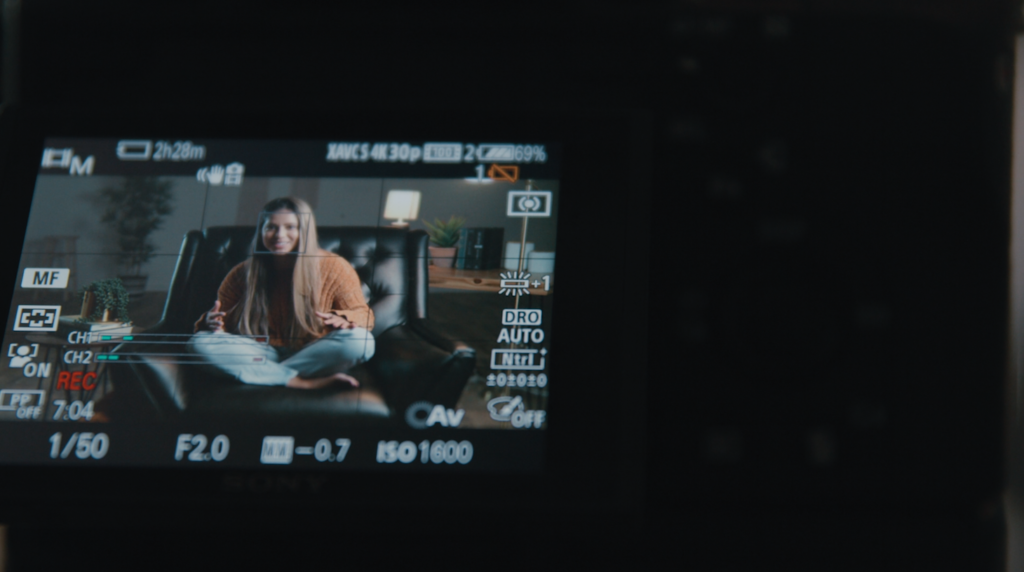

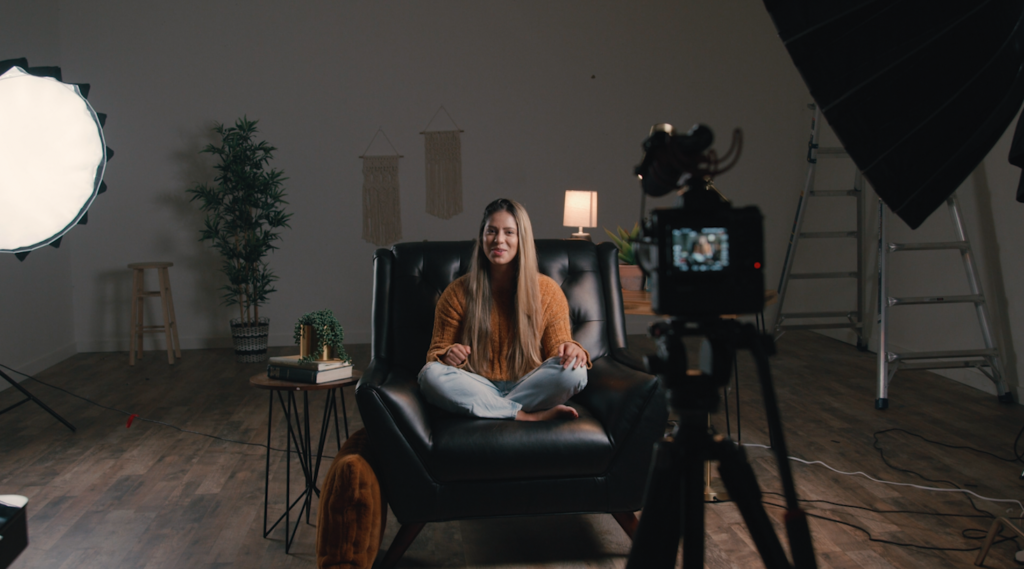
Short for “digital single lens reflex”, a DSLR camera is characterized by having a digital sensor, the ability to use interchangeable lenses, and an internal mirror system that directs incoming light to an optical viewfinder, creating an exact copy of the image for you to view. The camera’s sensor is fragile, but generally more durable than those of more expensive cinema cameras.
The camera body is generally compact and easy to transport, and can be adapted to fit many types of glass, including high-quality prime (fixed focal length) lenses for a cinematic shallow depth of field in a variety of light conditions. Most can record to either memory cards or SSDs.
Simply put, DSLRs are the best entry-level video cameras.

Film cameras and more expensive mirrorless cameras don’t use this extra step, but for all intents and purposes, it doesn’t affect the image sensor or image quality at all.
An added bonus is that most DSLR models are equally adept at video and stills.

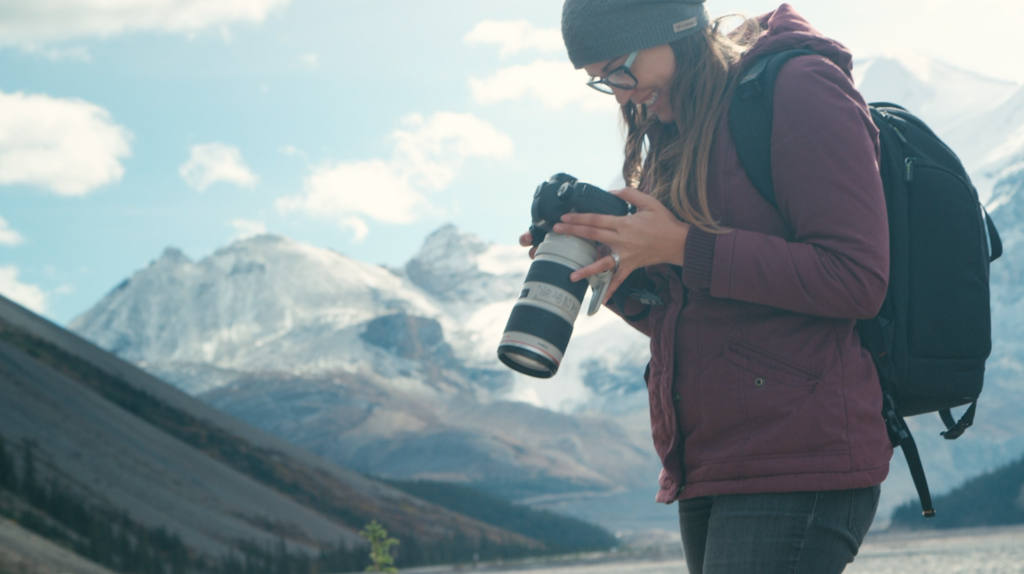
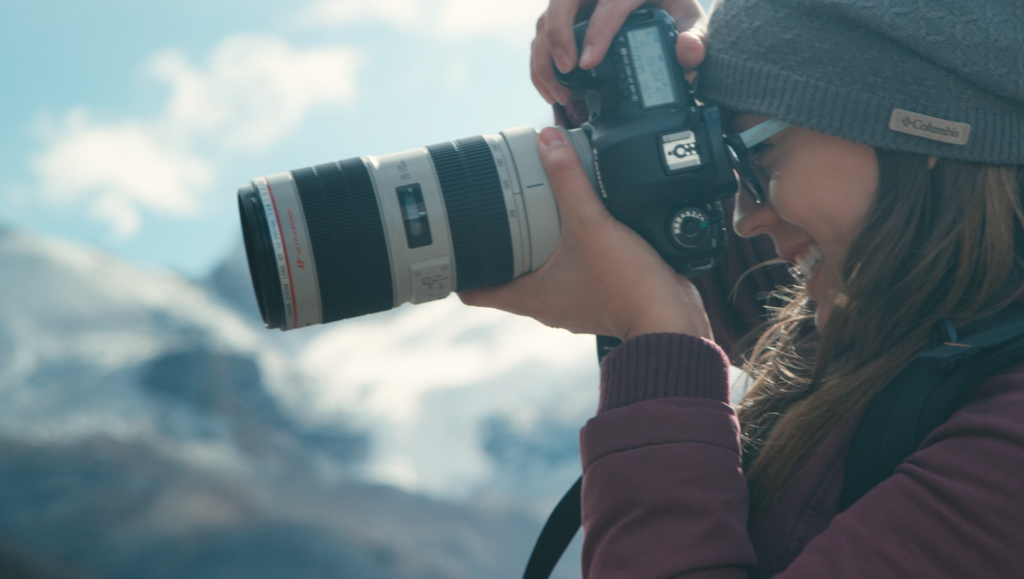
Compared to small point-and-shoot cameras and phones, a DSLR represents a huge upgrade in quality and versatility. They generally have autofocus, high-end larger sensors (some even full-frame), good image profiles, LCD screens, electronic viewfinders, long battery life, and low-light capability.
Canon, Sony, Nikon, and Panasonic are the best DSLR camera manufacturers, offering full-frame DSLR camera models with large megapixel counts and countless other advancements.
And while they lack some advanced characteristics of more expensive mirrorless and cinema cameras, digital single-lens reflex cameras are still the most approachable and versatile type of camera for beginners.
Kevin Graham is the Creative Director at Filmpac.

Want to make money selling footage through a major stock footage platform like Filmpac? This page will walk you through the processs.
Continue Reading
By far, the two most common frame rates in modern American video editing and production are 24fps and 29.97fps. Here's the difference.
Continue Reading
There are 5 main types of camera movement. We break each of them down and show you how they can help you tell your stories better.
Continue Reading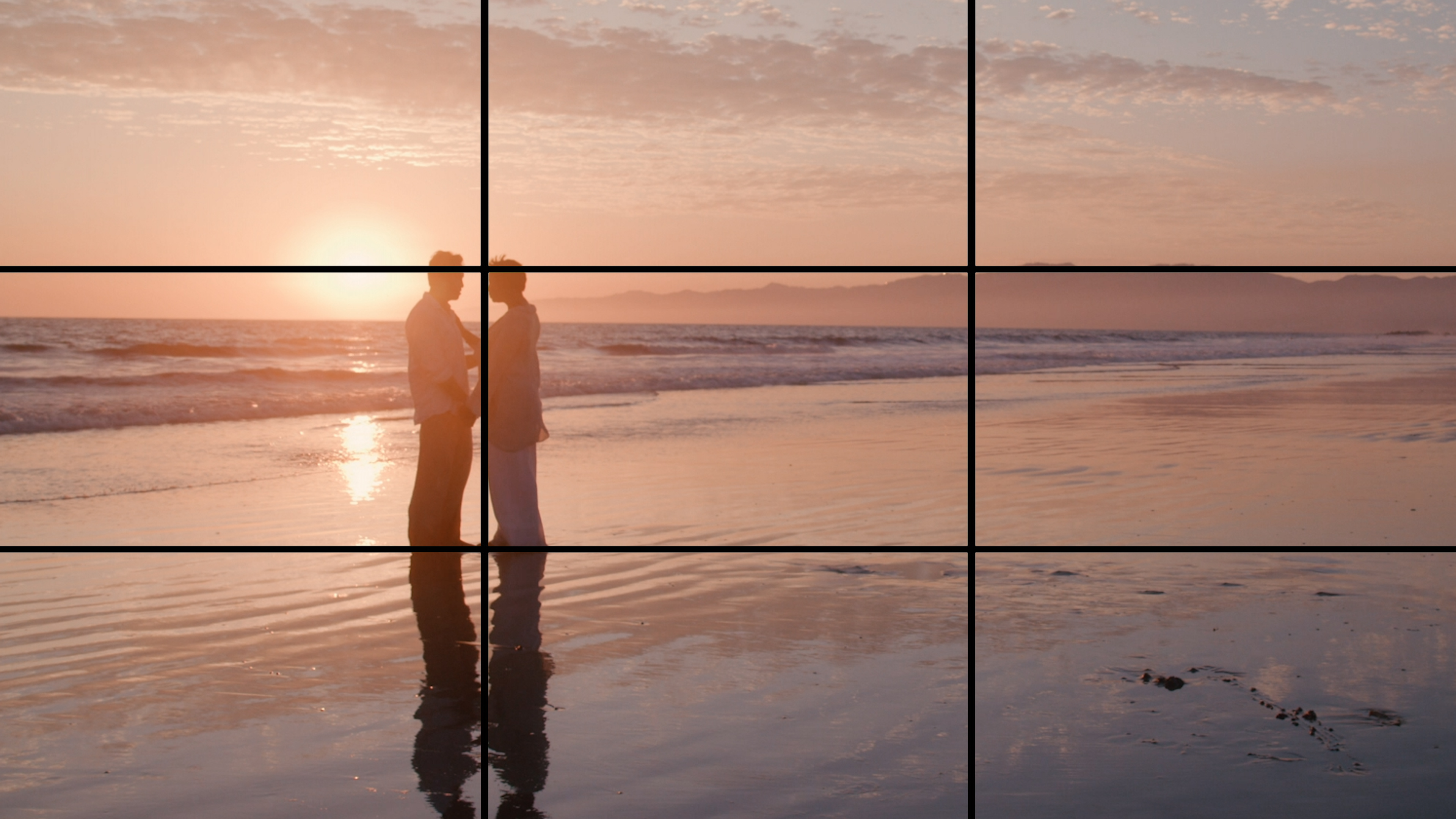
If you’re a photographer or filmmaker, you’ve likely heard of The Rule Of Thirds. here's a guide on how to apply it and when to break it.
Continue Reading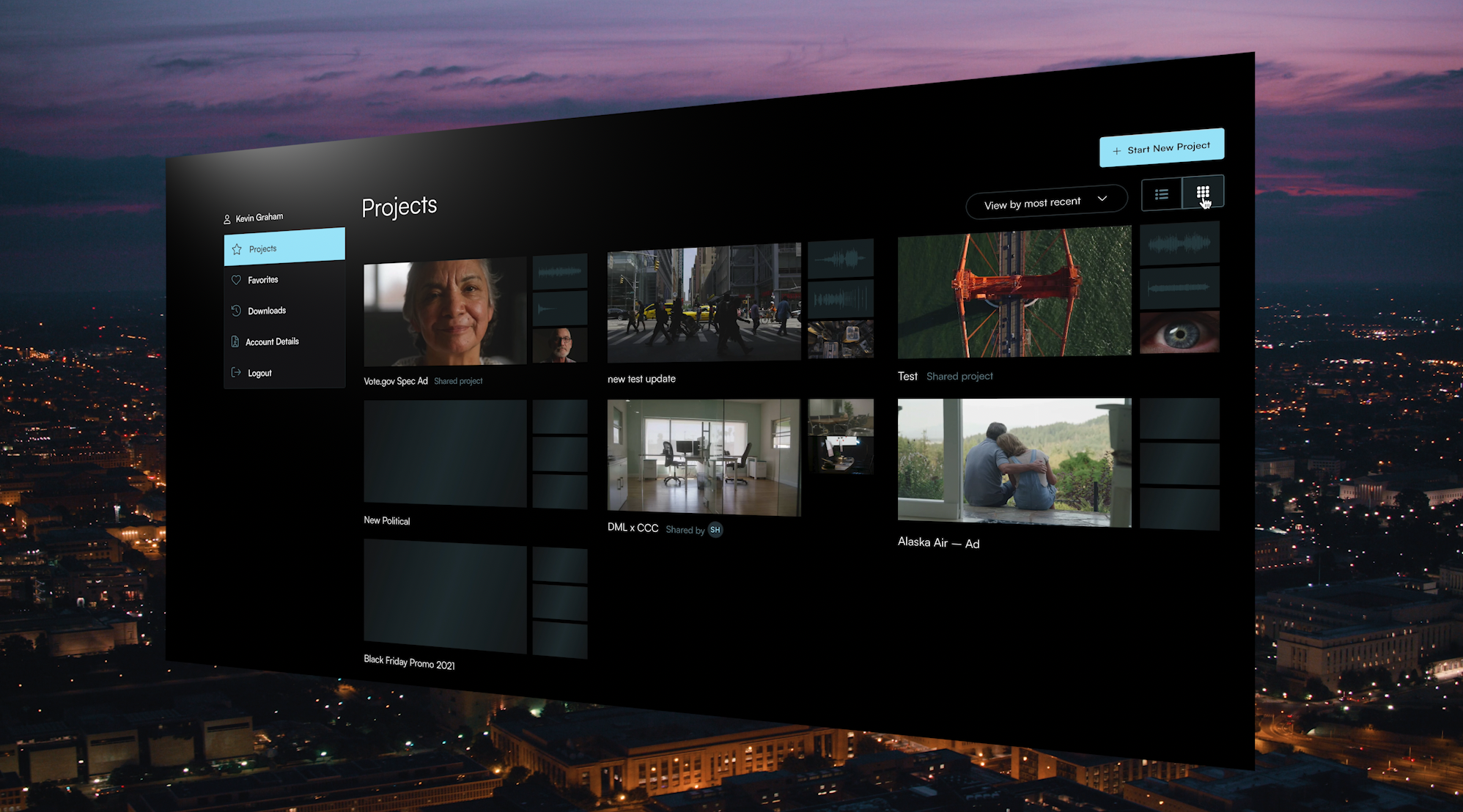
Filmpac’s newly-designed Project Feature is a powerful tool for collaborative video editing. Here’s a quick rundown of how it works.
Continue Reading

One of the most difficult parts of being a professional filmmaker is effectively managing and budgeting your time.
Continue Reading
Want to make money selling footage through a major stock footage platform like Filmpac? This page will walk you through the processs.
Continue Reading